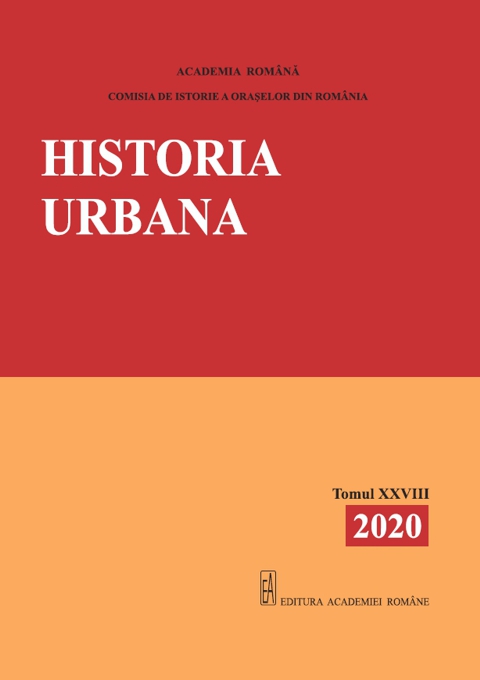La masa regelui … sau despre cum s-au pregătit sibienii pentru o vizită regală la finele secolului al XV-lea
At the King’s Table… or about How the People of Sibiu Prepared for a Royal Visit at the End of the 15th Century
Author(s): Paula Cotoi, Alexandru ȘtefanSubject(s): 15th Century
Published by: Editura Academiei Române
Keywords: accounting registries; food; urban administration; medieval city; money; Sibiu; Hermannstadt; Nagyszeben; King Vladislaus II of Hungary;
Summary/Abstract: In the fall of 1494, King Vladislaus II of Hungary established his court in Sibiu (Hermannstadt / Nagyszeben) for about one month. The sovereign’s stay was recorded not only briefly, throughout the royal charters issued here in that particular time frame, but also in a more peculiar manner. Two accounting records, drawn up by the town’s authorities, illustrate the joint effort for a good hosting of its king. A constant concern, reflected in these two historical sources, was precisely the supply of food and the providing of related services, such as water transportation, food preparation, or animal slaughtering. Although published more than a century ago, these accounts have not been exploited so far to the full extent of their data and of their analytical perspectives. Therefore, the purpose of this paper is to put into context the royal presence in Sibiu, but, more importantly, to highlight what this moment meant in terms of food, with its various features. These two accounting sources can be interrogated from the perspective of the consumed goods, the costs involved, the communal (from Sibiu’s hinterland and not only) or individual contribution, sometimes determined by gender. Given that the event articulated itself as a time of celebration, food itself had an exceptional character, an aspect suggested by these financial records, especially regarding the quantities they noted down. Thus, they outline the profile of a city capable of assuming and sustaining the presence of the Hungarian royal court, while also letting the specifics of the local economy to be seen – from acquiring oriental spices, to preparing vegetables and meats from local or regional households.
Journal: Historia Urbana
- Issue Year: XXVIII/2020
- Issue No: 28
- Page Range: 5-26
- Page Count: 22
- Language: Romanian
- Content File-PDF

